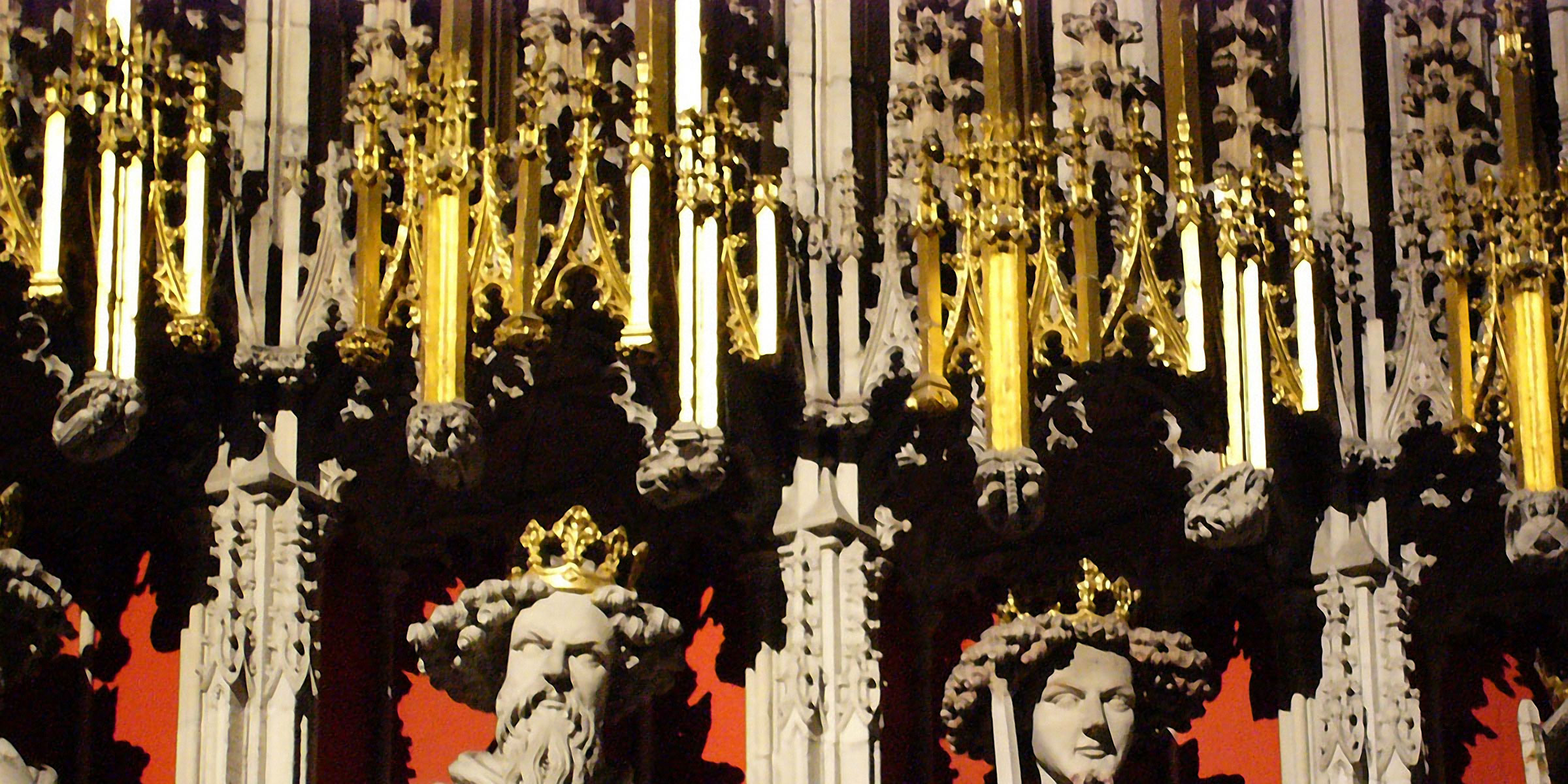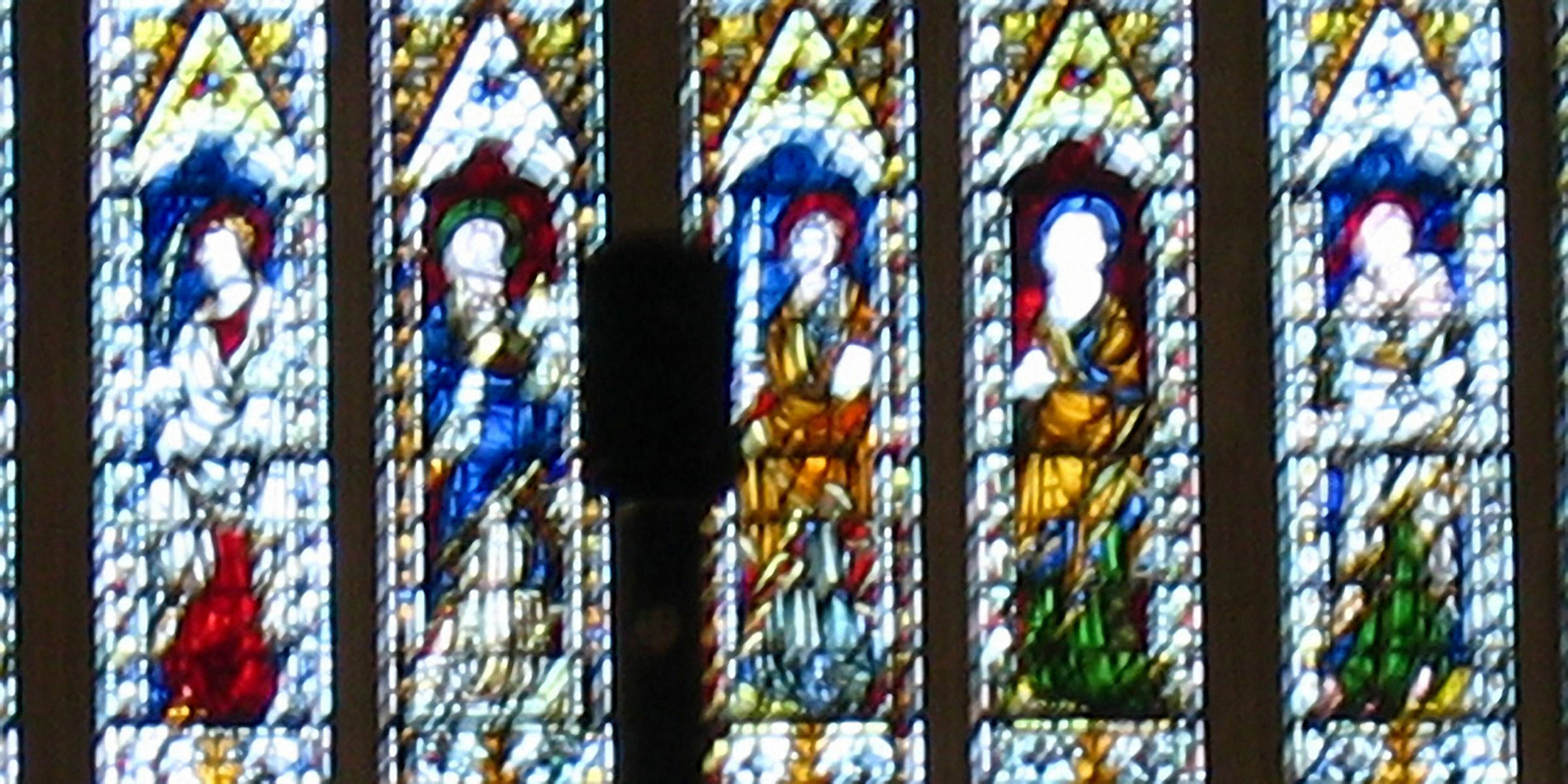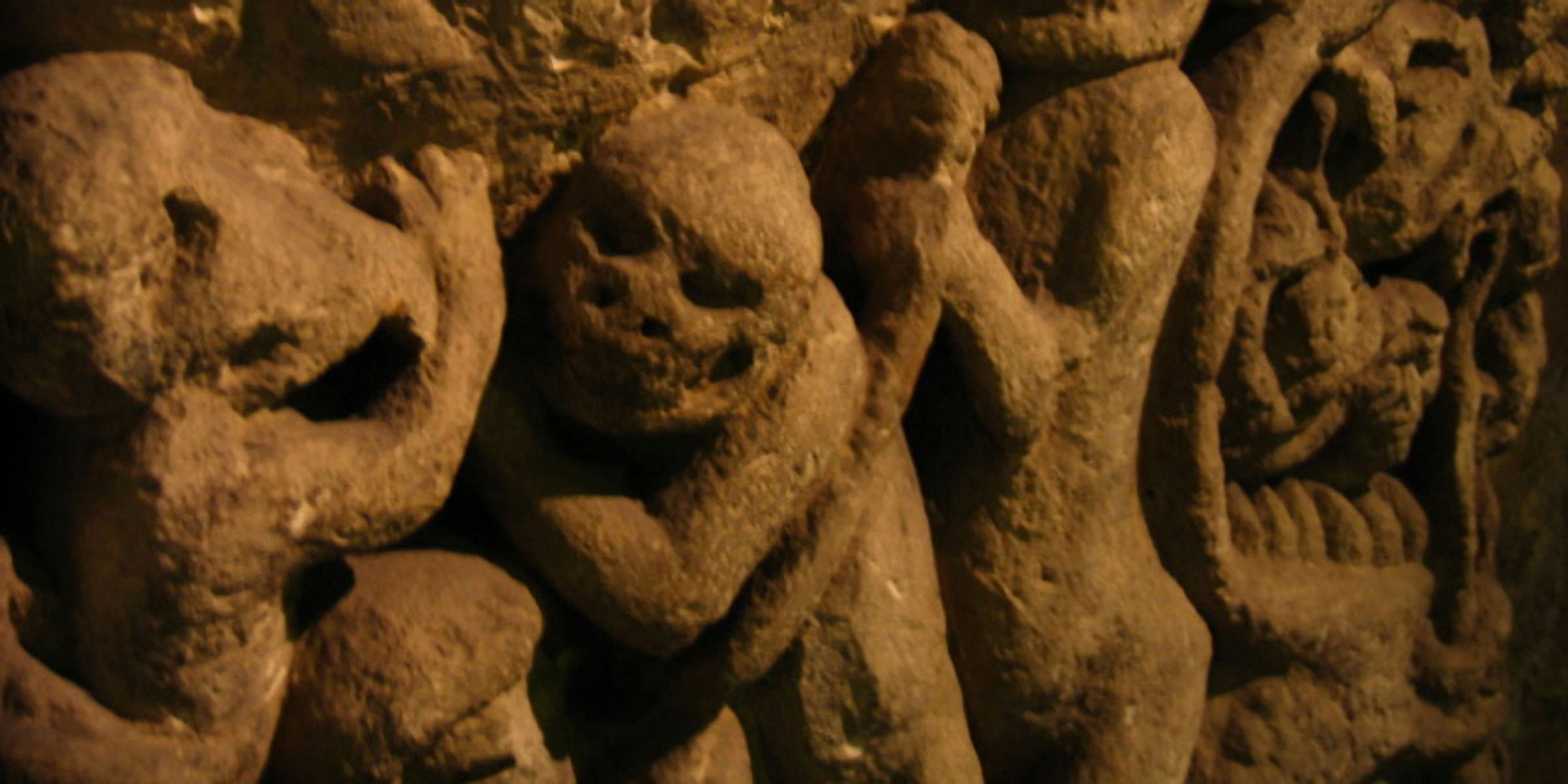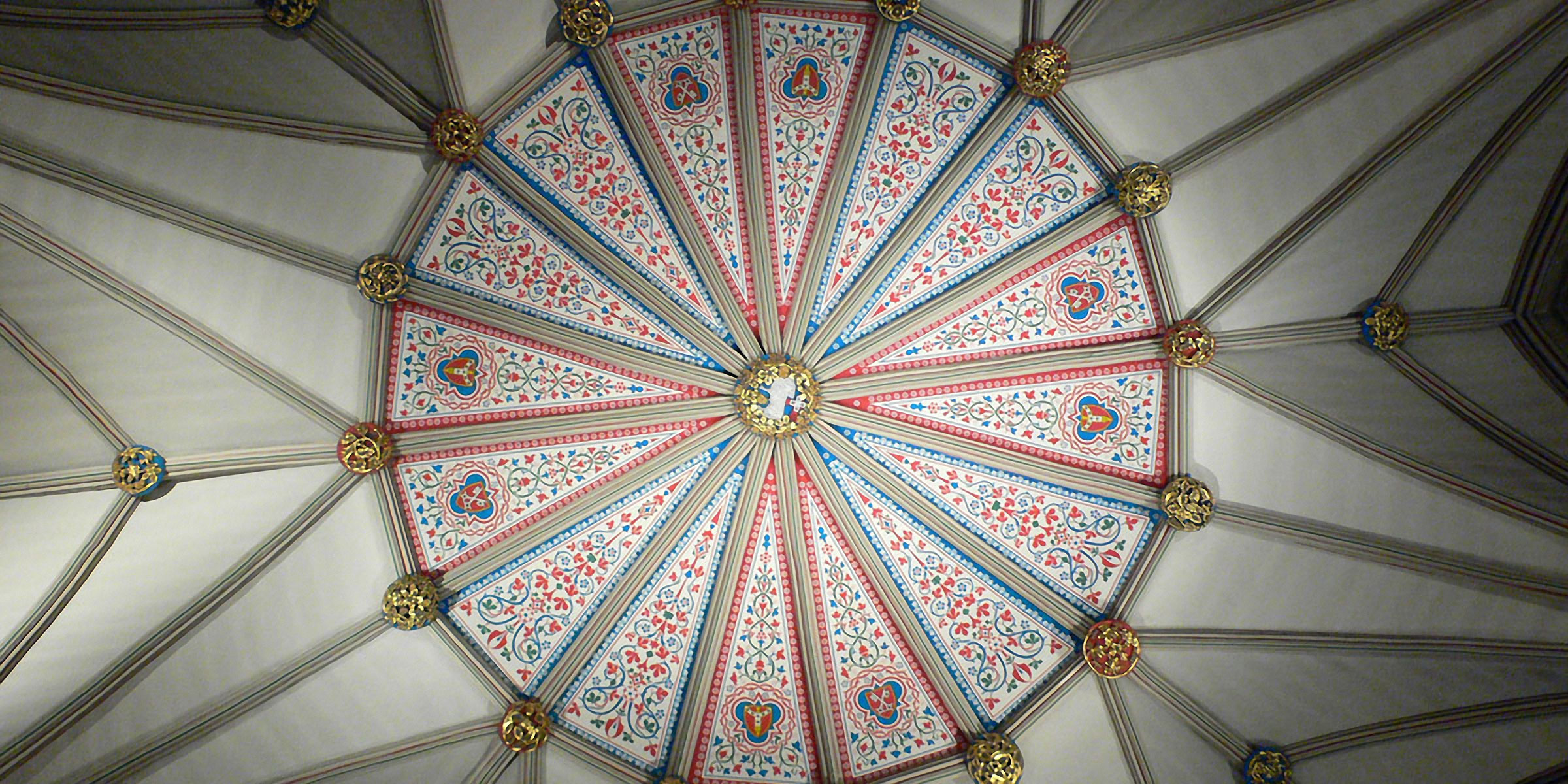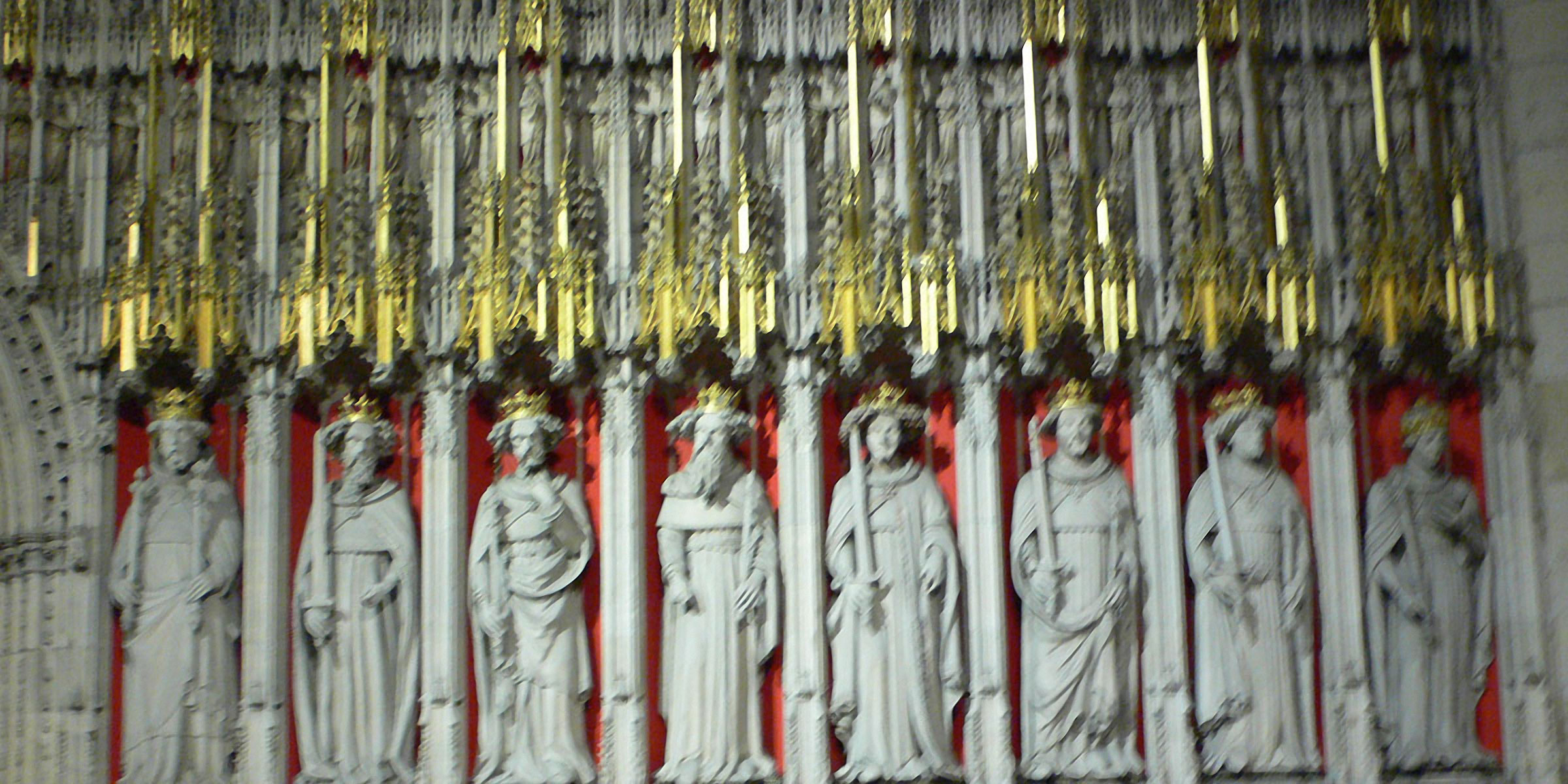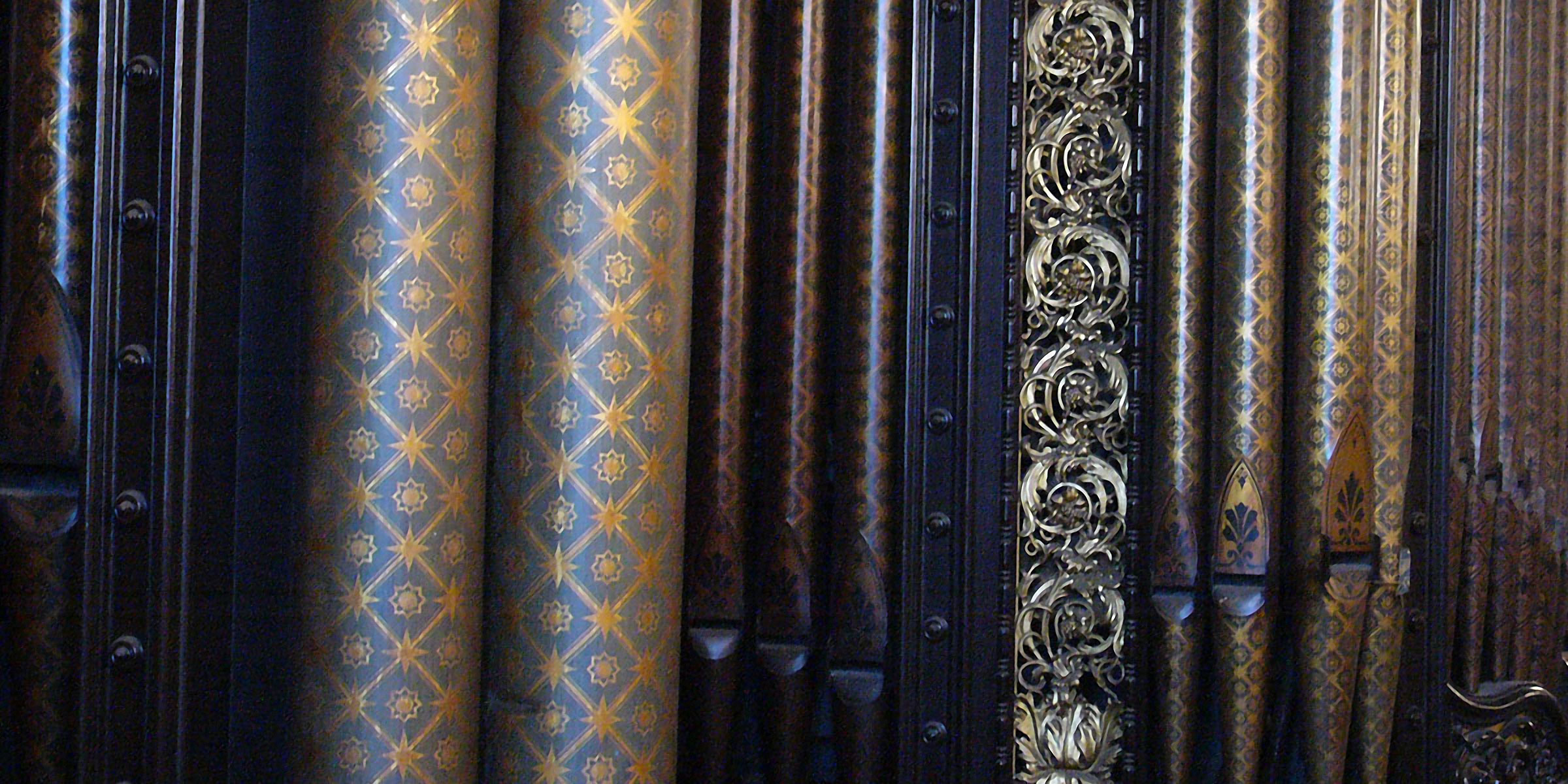
DCD – 18 tracks
Track Listing:
CDOne
12 tracks – 52:10.21
1. Leif Elggren – Royal Organ
2. Z’EV – if only that love lets letting happen (organ music for organs)
3. Philip Jeck – Stops
4. Sigtryggur Berg Sigmarsson – Details of a New Discovery
5. Zephyr
6. Marcus Davidson – Organ Psalm V
7. Scott Minor/Fennesz – dwan
8. Finnbogi Pétursson – Diabolus
9. Biosphere – Visible Invisible
10. Toshiya Tsunoda – Layered
11. Tom Recchion – Shut-Eye Train
13. Lary Seven & Jeff Petersen – Disorganised
CDTwo
5 tracks – 53:55.54
1. BJNilsen – Breathe
2. Scott Taylor – Droner
3. Jacob Kirkegaard- Epiludio Patetico: a tribute to Rued Langgaard
4. Ambarchi/Recchion – Triste Remake
5. Chris Watson – Askam Wind Cluster
1st fruits of collaboration between Fennesz and Sparklehorse – recorded in Geneva by Christian Fennesz and Scott Minor * Touch regulars Biosphere, Philip Jeck, Benny Nilsen [Hazard], Chris Watson… * Newcomers include US free music composer and designer Tom Recchion, UK’s Scott Taylor, Icelandic artists Finnbogi Petursson and Sigtryggur Berg Sigmarsson, and one of Sweden’s premier performance artists Leif Elggren [The Sons of God, Firework Edition Records etc.], and one of the Kings of Elgaland-Vargaland * UK finest organist Charles Matthews and classical composer Marcus Davidson * Highly regarded Japanese field recordist Toshiya Tsunoda
The story:
The thought of producing a compilation where the tracks were all either inspired by or more directly influenced by the organ had been frequently aired over the years. The conversations were always animated and expansive. The organ works of Arvo PSrt, those performed by Christopher Bowers-Broadbent, a pupil of Richard Rodney Bennett at the Royal Academy of Music in London, and others, have reached a wider non-classical audience. Eventually Benny Nilsen arranged to visit St. Mary’s Church, Warwick and work with one of England’s finest, Charles Matthews. Crawling around inside the instrument, positioning microphones most appropriately in the Church, or ‘capturing’ the psalms composed by Marcus Davidson, Nilsen explored the possibilities with all the familiar lust of the avant-garde. As the brief widened, so did the responses… some contributors referred to earlier versions of the organ and its often highly political usage, others explored aged instruments themselves. Some studied the effects of the sounds produced on the physique and the psyche, others conceptualised the brief and either built their own or recorded natural or man-made phenomena which utilised the same basic process, wind through pipes. The organ represents the marriage between acoustic complexity and ritualised space. It is impossible not to be drawn upward, towards the spire of the church or cathedral, or to the huge and daunting forest of pipes themselves. The organ dwarfs all comers, and unlike other instruments, it is this non-musical element which makes the organ stand apart.

